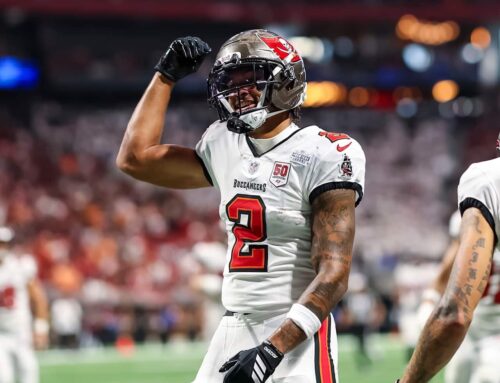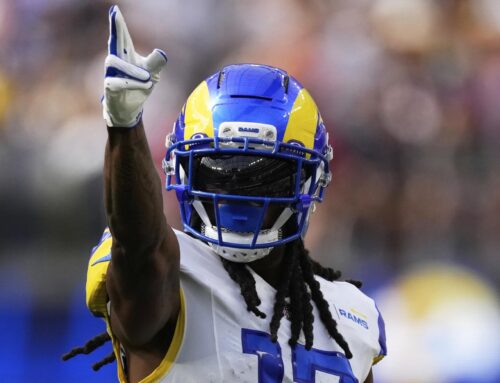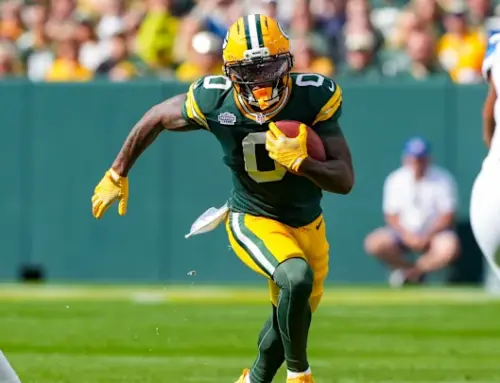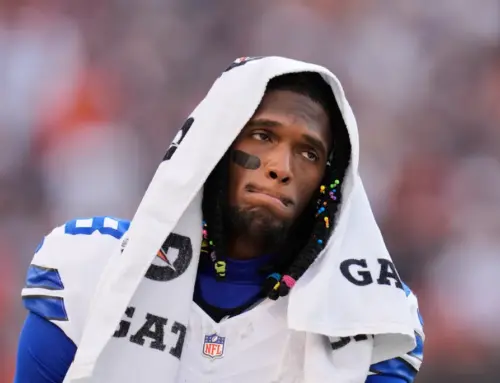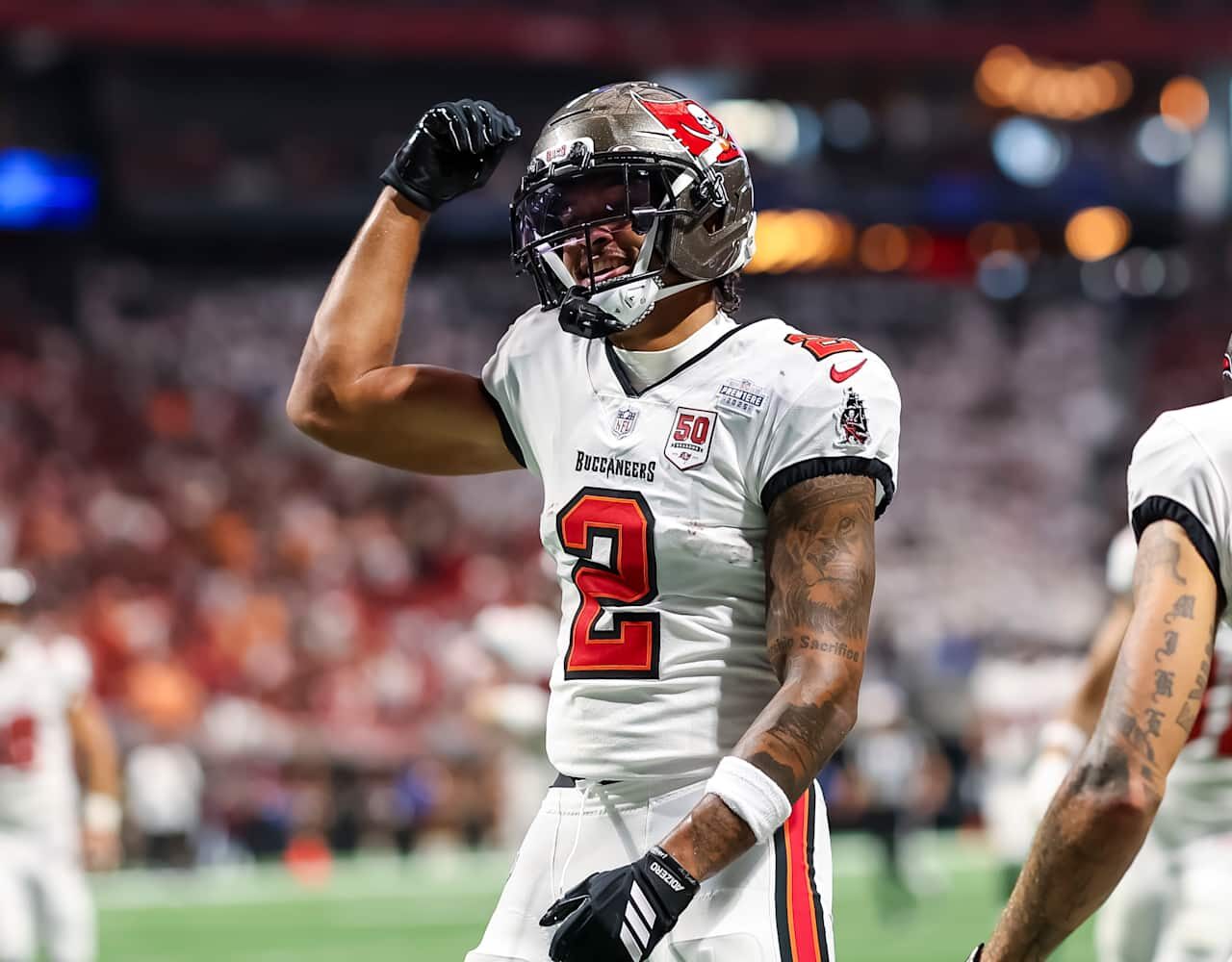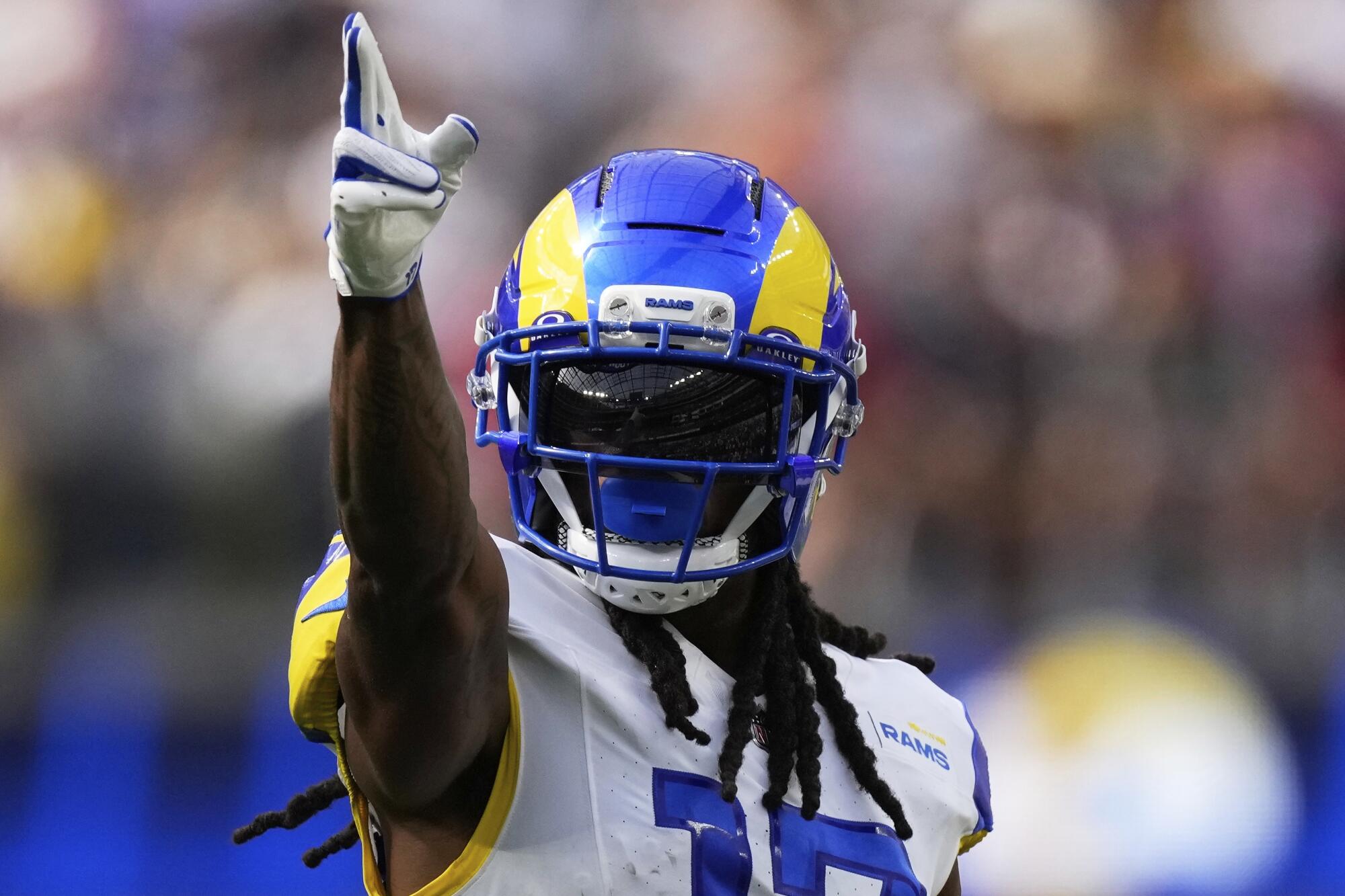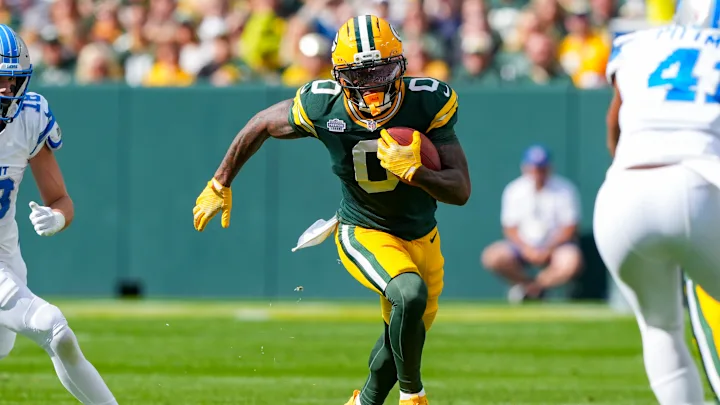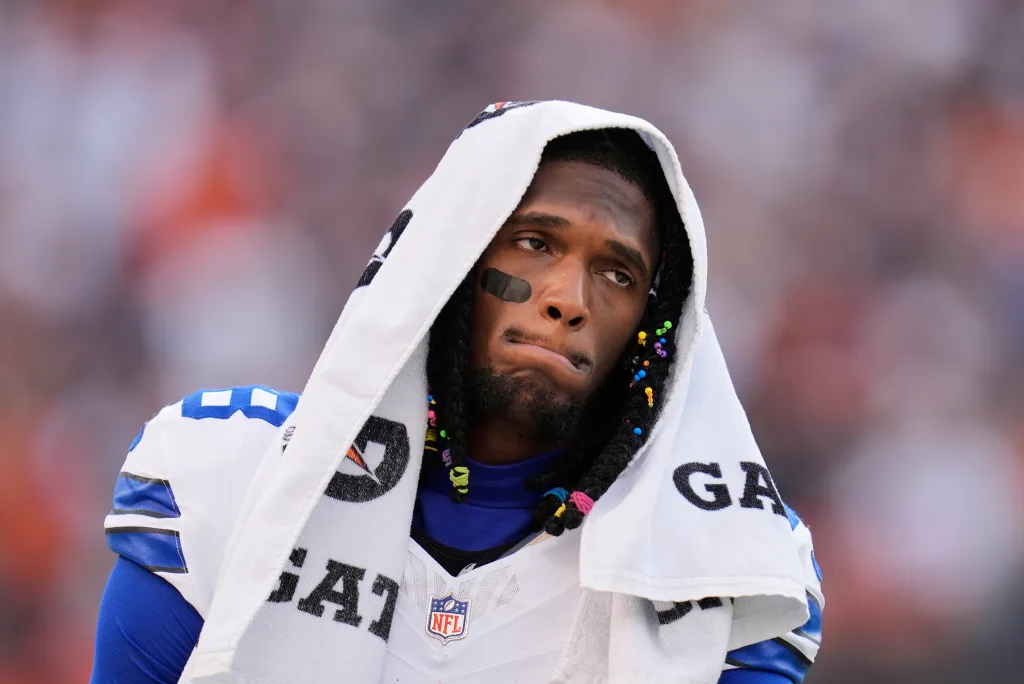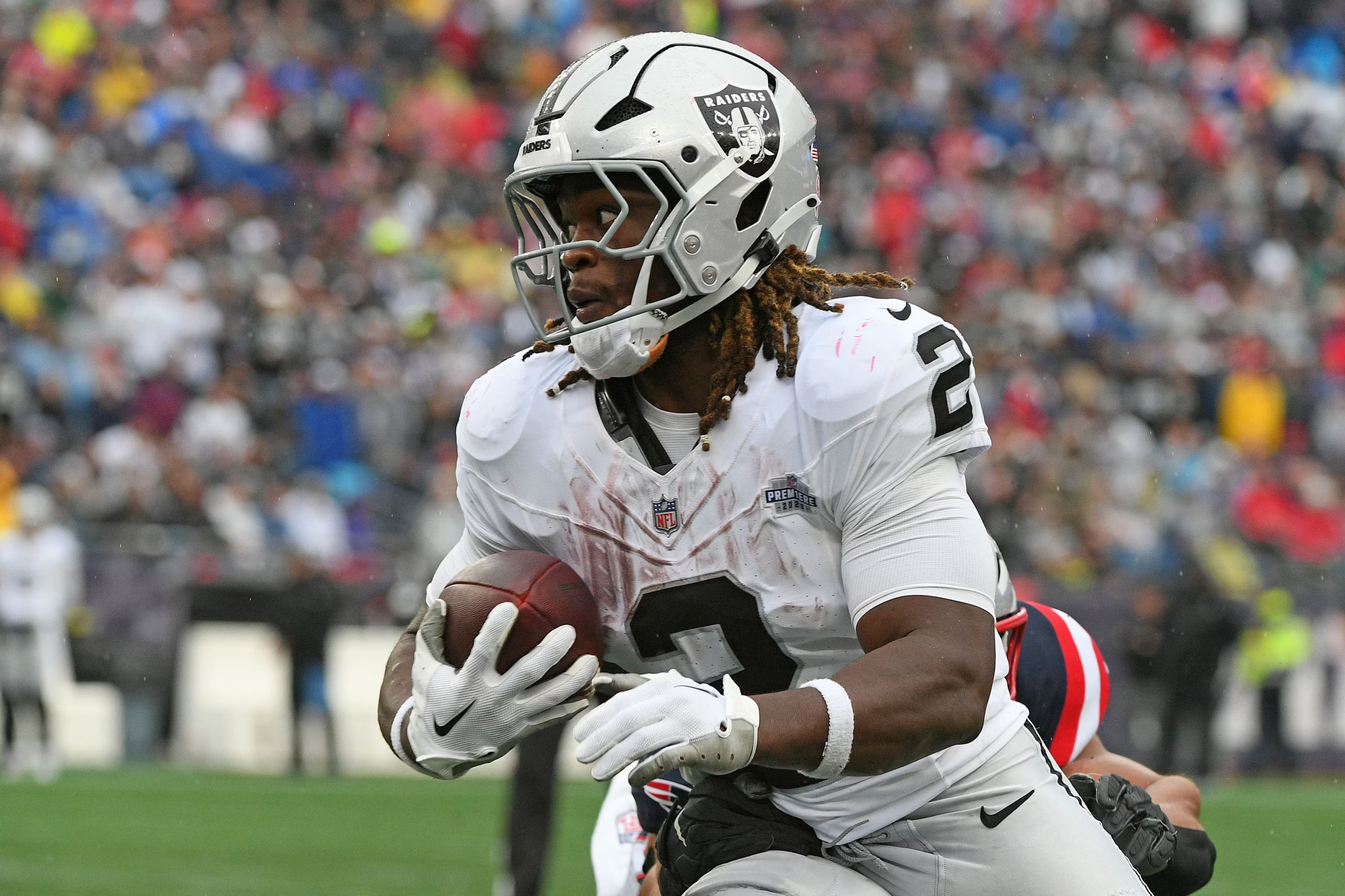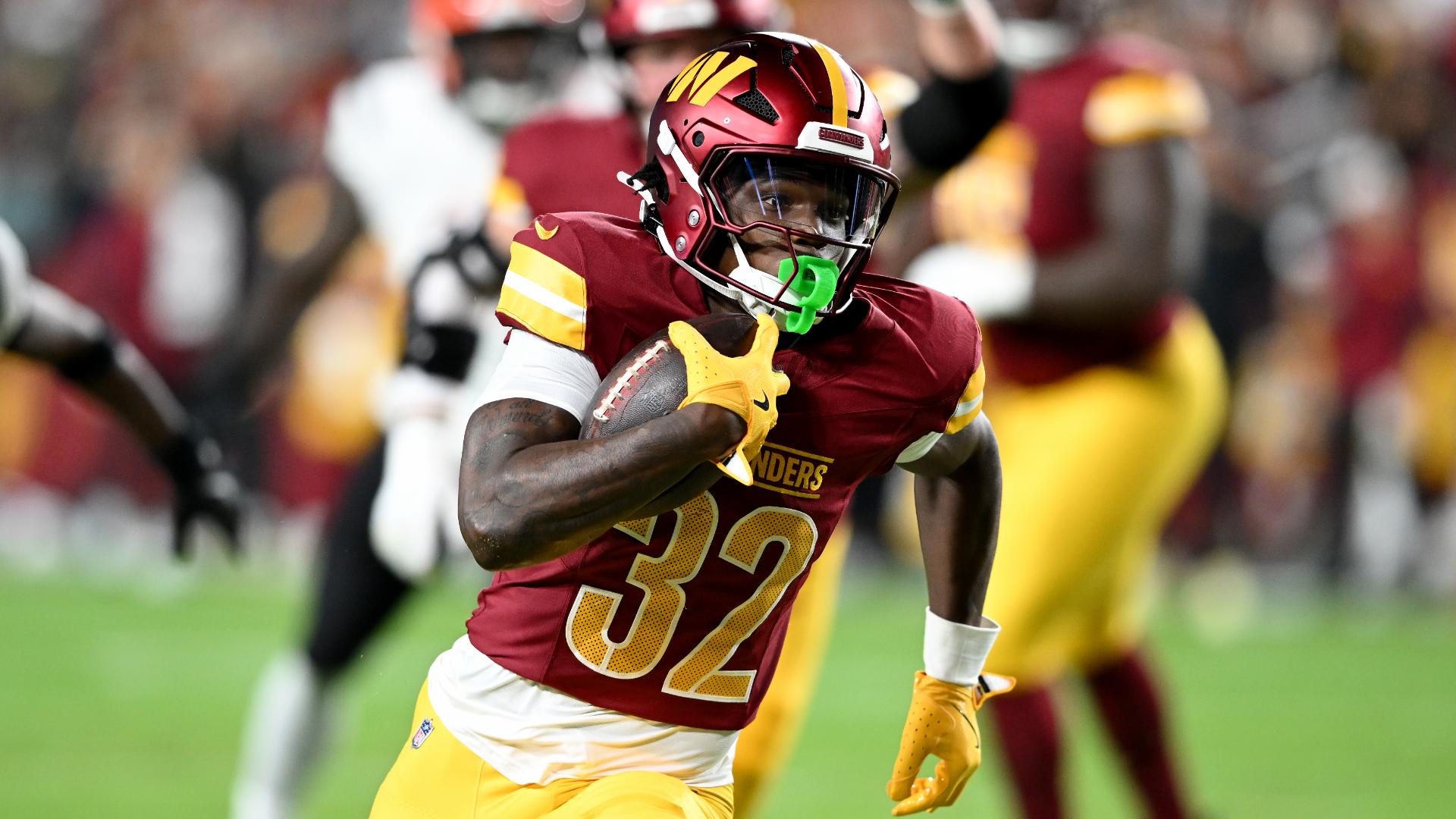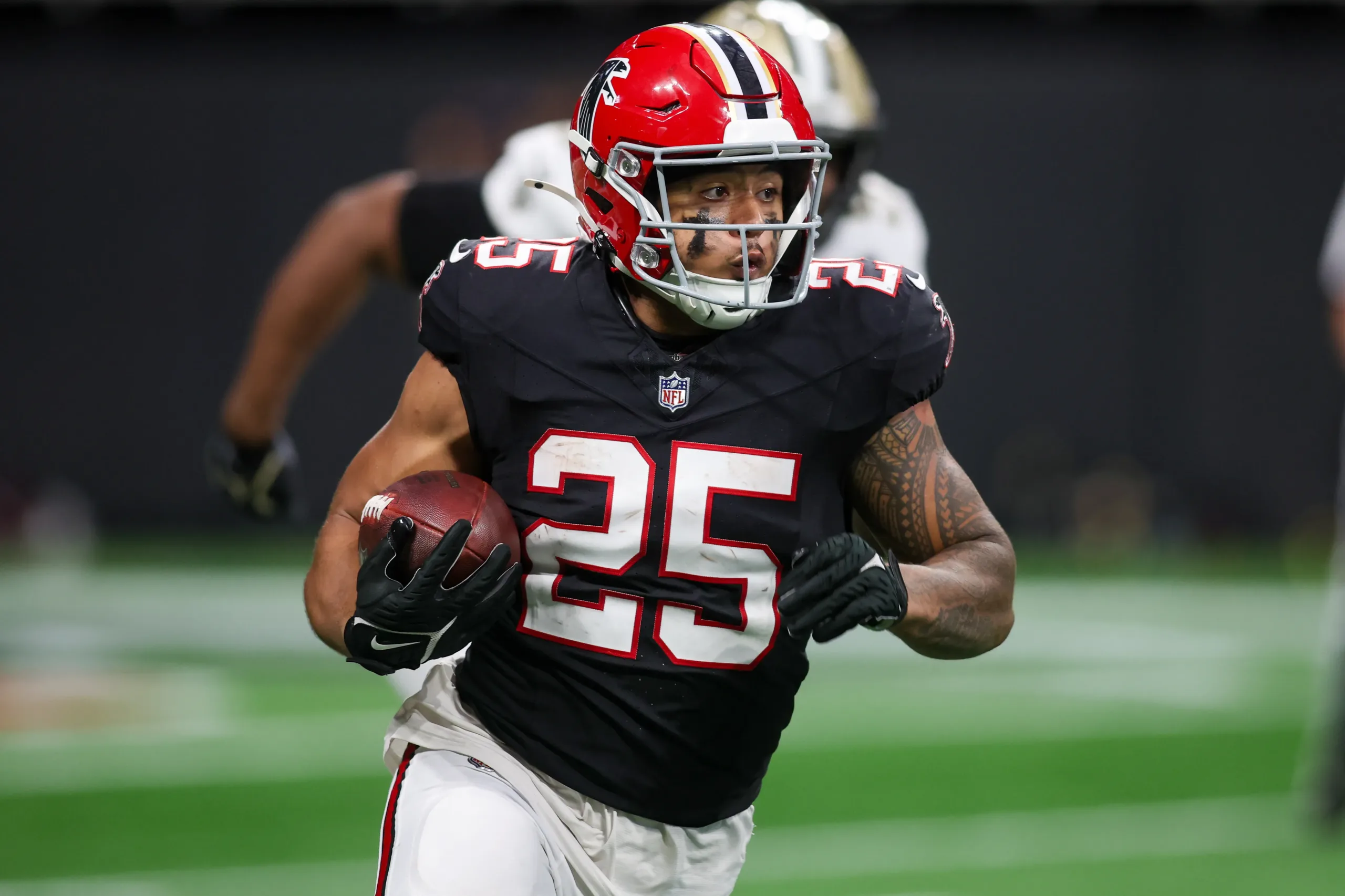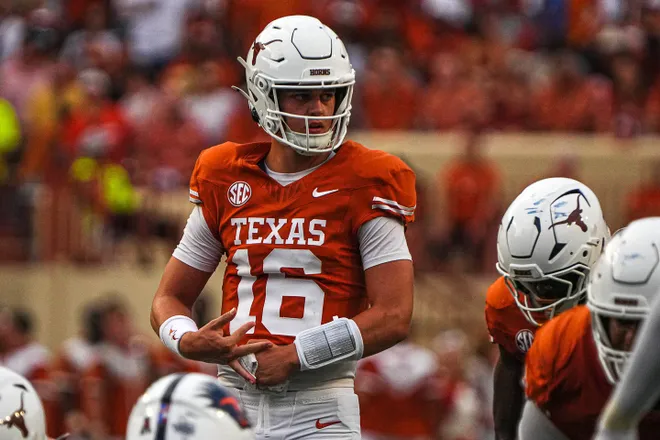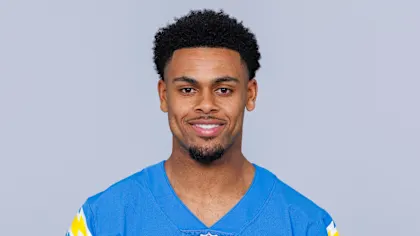
Too slow. Not a great separator. Average hands.
Many of these things were said about Ole Miss product Cleveland Joseph “Tre” Harris III leading up to the 2025 NFL Draft. Some of it may resonate with you, but one thing is for certain: the Los Angeles Chargers—led by Head Coach Jim Harbaugh and General Manager Joe Hortiz—saw enough from Harris’ film to select him in the second round (55th overall).
What are we missing with Harris?
There obviously has to be something missing here. At 6’2” and 209 lbs, he has the size and ball-tracking ability, while also possessing the strength and agility to play both inside and outside. For me, I think part of the problem was his usage at Ole Miss. Many times, he was playing very close to the line of scrimmage or in the backfield, catching screens and being used on designed runs. In my opinion, this is not the best way to utilize his skill set. I feel he should be used more like an A.J. Brown or Mike Thomas–type receiver.
If he’s in the slot, let him run slants and use his size against nickel defenders. If he is out wide, let him go deep and fight against outside corners for the ball. He has the ability to go deep, and in 2024 at Ole Miss, he had a 61.5% contested catch percentage.
The good news here is that in Los Angeles, Ladd McConkey appears to be the primary slot receiver, so Harris can split outside receiver duties with Quentin Johnston or Mike Williams.
Is there a risk to drafting Harris at his ADP?
Harris’s current Dynasty Rewind ADP is 2.04—after Chicago Bears wide receiver Luther Burden (2.02), Green Bay Packers wide receiver Matthew Golden (2.03), and ahead of Houston Texans wide receiver Jayden Higgins (2.06). Of course, there will be some risk at that spot, but the same can be said about almost any player.
What I can say in regard to Harris against those other three receivers is that he may have the best path to targets early, as the other rooms are crowded and have better talent—unless you think Quentin Johnston and Mike Williams are good enough to keep him off the field long term.
If you are concerned about long-term risk, take a look at Las Vegas Raiders wide receiver Jack Bech, as he is going at 2.08 and should be able to shine immediately. However, we don’t have the most concise idea of what the Raiders’ offense will look like this year, as there are a bunch of new faces in town.
Let’s look at Tre Harris in college.
To say he had a bit of a run around is an understatement…five seasons of NCAA football, with two different teams, and some groin injuries scattered throughout. Soft tissue injuries linger, so let’s hope that can be corrected by NFL trainers.
However, in those five seasons (three with Louisiana Tech and two with Ole Miss), he broke 1,000 yards receiving once— in eight games of play in 2024. He also racked up a career 1,417 yards after catch, posted a career 6.4% drop percentage, a career 6.4 YAC/REC (highest was 7.7 in 2024), and a career 48.4% contested catch percentage.
Stats aside, what I saw on film excited me even more (even though Nate disagrees with me—but it’s OK for him to be wrong). I thought he had slightly above-average top-end speed (4.54 40-yard dash at the NFL Scouting Combine). While lacking overall agility, he can make a few moves to deter defenders, he has a smooth release with good breaks on his routes (although there are some sloppy moments mixed in), very good situational awareness—especially along the sidelines—solid hands with solid ball tracking, and definite YAC (yards after catch) ability, though he was hampered at times by his offensive scheme.
Add on above-average physicality, and we have the makings of an above-average boundary wide receiver in the NFL.
Conclusion
I have been drafting Harris wherever I can get him, both in my rookie drafts and mock drafts. I think his production can be along the lines of what I wanted Marvin Mims to be in the NFL.
While currently slotted behind Mike Williams in the lineup, Williams hasn’t eclipsed 800 yards in a season since his last stint with the Chargers in 2022, when he had 63 receptions for 895 yards and four touchdowns. Williams is also 31 and is on a one-year contract, so drafting Harris now won’t help you this season necessarily, but he can be an asset that pays dividends in Year 2 and moving forward.
I expect him to compete as a potential low-end WR2 in Year 2, and hopefully progress from there.

